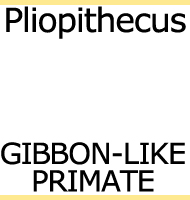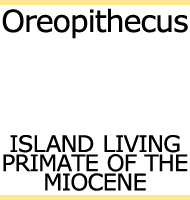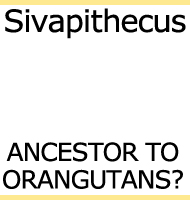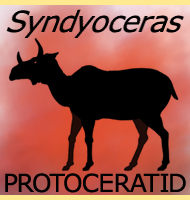


Ouranopithecus
Name:
Ouranopithecus
(Brave ape).
Phonetic: Or-an-o-pif-e-cus.
Named By: de Bonis and Melentis - 1977.
Synonyms: Graecopithecus freybergi,
Sivapithecus macedoniensis.
Classification: Chordata, Mammalia, Primates,
Hominidae.
Species: O. macedoniensi
(type), O.
freybergi.
Diet: Herbivore.
Size: Unavailable.
Known locations: Greece.
Time period: Tortonian of the Miocene.
Fossil representation: Few specimens.
Ouranopithecus
is often considered to be a dryopithecine ape (similar to
Dryopithecus);
however there are others who consider Ouranopithecus
to be a member of the Ponginae (orangutan-like apes). Usually
however Ouranopithecus is placed within the
Hominidae due to the shape
and form of the sinuses, although it may also be a late surviving
ancestor of apes and humans.
Ouranopithecus
had low molar teeth which had a thick covering of enamel. In depth
analysis of the teeth has led palaeontologists to conclude that
Ouranopithecus had diet heavy in hard foods items
such as nuts and/or
tubers. Like with most primates, the teeth exhibit clear signs of
sexual dimorphism with males have much larger canine teeth than females.
Further reading
- Les primates hominoides du Vall�sien de Mac�doine (Gr�ce). �tude de
la machoire inf�rieure. - Geobios. 10 (6): 849–855. - Louis de Bonis
& J. Melentis - 1977.
- Dental metric variation in early Hominids comparison between
Australopithecus afarensis and Ouranopithecus
macedoniensis. - Comptes
Rendus des S�ances de l'Acad�mie des Sciences. Serie III Sciences de la
Vie. 292: 263–266. - Louis de Bonis et al. - 1981.
- Ouranopithecus and dating the splitting of extant hominoids. - Comptes
Rendus Palevol. 3 (4): 257–264. - Louis de Bonis & George D.
Koufos - 2004.
- A new great ape from the lower Miocene of Turkey. - Anthropological
Science. 115 (2): 153–158. - Erksin Savas G�le�, Ayla Sevim, Cesur
Pehlevan & Ferhat Kaya - 2007.
----------------------------------------------------------------------------
Random favourites
 |
 |
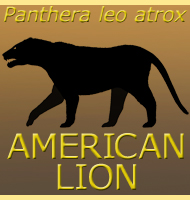 |
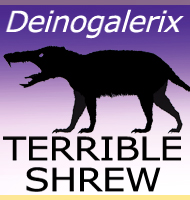 |
